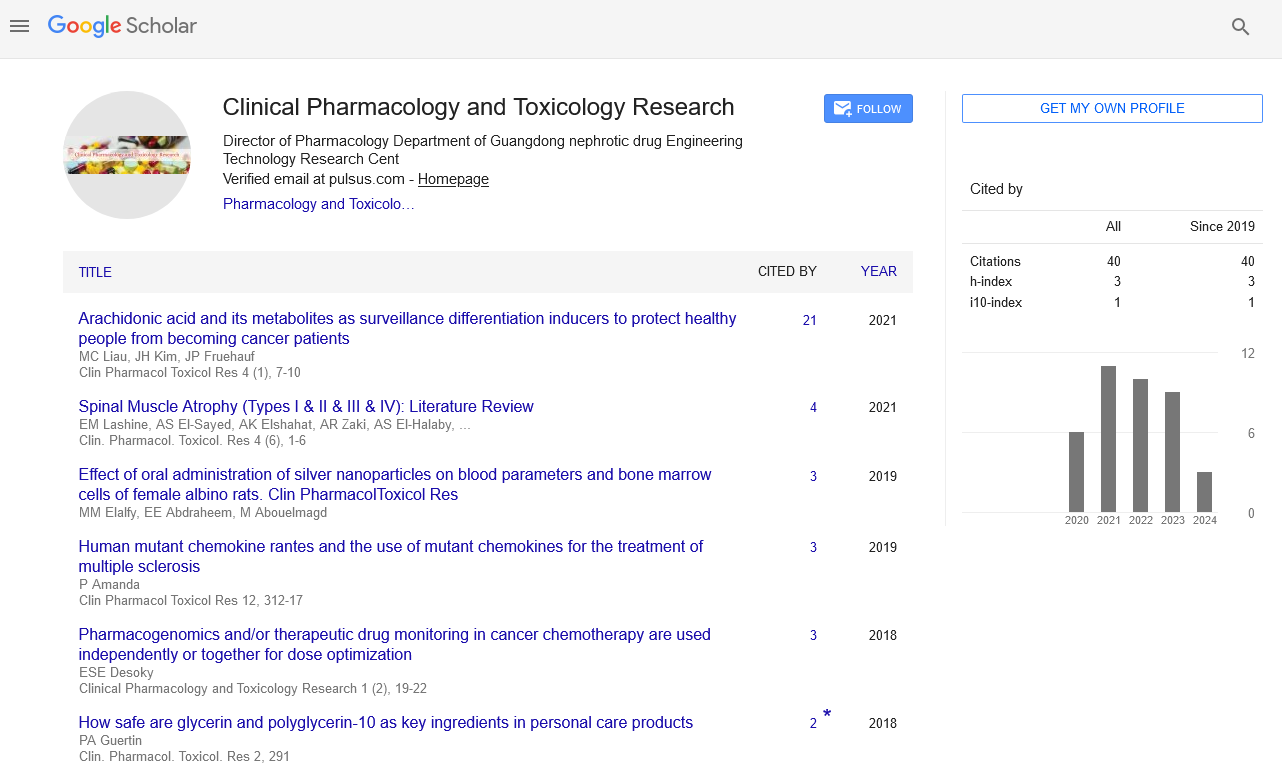Anatomy as related to alzheimer's disease
Received: 26-Oct-2020 Accepted Date: Nov 09, 2020; Published: 16-Nov-2020
Citation: Prasad ASV. Anatomy as related to alzheimer's disease. 2020;3(3):6
This open-access article is distributed under the terms of the Creative Commons Attribution Non-Commercial License (CC BY-NC) (http://creativecommons.org/licenses/by-nc/4.0/), which permits reuse, distribution and reproduction of the article, provided that the original work is properly cited and the reuse is restricted to noncommercial purposes. For commercial reuse, contact reprints@pulsus.com
Abstract
Alzheimer disease (AD) is the sixth leading cause of death, presently in America. AD is the centre of preoccupation of not only the scientific community, but also of the intelligentsia. The study of various structures of the brain, their connections and the pathways involved (anatomy), their normal functioning (physiology) and how this is subverted, leading to AD (pathology and pathogenesis), is vital to understanding comprehensively the complete gamut of clinical features of the Alzheimer disease. The anatomical structures, their connections and interplay, as implicated as having a role in AD, are briefly reviewed in this article. The functional significance with AD, of each structure is highlighted.
Description
Alzheimer’s Disease (AD) is a chronic, progressive, neurodegenerative disease, with cognitive dysfunction and specific pathological changes, characterized by deposition of the Amyloid beta (Aβ or Abeta) and phosphorylated tau protein. Aβ is deposited in the extra cellular matrix of the nerve cells in the brain whereas the phosphorylated tau protein is deposited within the nerve cell. Being toxic, cause degeneration and death of neurons including the dendrites, axons and synapses [1,2].
Gross anatomy of the structures involved shows, atrophy and loss of volume, leading to profound cognitive defect. The selectivity of involvement of the structures of the brain in AD is intriguing. While some anatomical areas are involved, the adjacent areas are spared. But, the fidelity with which these changes are reproduced in every case of AD makes the pattern, unique. This specific involvement of certain brain structures differentiates it from other neuro-degenerative diseases which also involve memory loss, like Pick’s disease/Fronto-Temporal dementia (FTD), Huntington’s chorea and Parkinson’s disease, as well as the normal aging process [3].
The variety of symptomatology of AD is explained by the extent, the degree of involvement of the brain structures and also is a function of time. Initially, at the stage of Mild Cognitive Impairment (MCI), the symptomatology is vague but as AD advances stage by stage, various structures are involved and a full-blown AD picture unveils itself. This article emphasizes on the interconnections between the various structures Involved in AD and the contribution of each structure to the cognitive defect observed in AD [4].
Discussion
The limbic system location
The limbic system is located in the midbrain. It is between the neocortex and the sub-cortical lobe of cerebrum.
The parts of the limbic system
It is seen that more than half of the structures belong to Limbic system. They are Hippocampus proper, Fornix, the Amygdala, the dentate gyrus, Subicular cortex, the Septal nuclei, the Cingulate cortex, the Entorhinal cortex and the Perirhinal cortex [5].
Functions
Consolidation of short-term memory to long-term memory and spatial memory.
The fields of the hippocampus
The Hippocampus is devised into four regions called CA (Cornu Ammonis) fields. The hippocampus proper is divided into division CA1, CA2, CA3 and CA4 and is characterized by a narrow band of pyramidal cells.
Conclusion
The anatomy of all structures implicated in AD are discussed. Some of these structures have received more importance than others, at present. It is hoped that more research will throw light on some of the less understood structures as to their role in AD, in future.
REFERENCES
- Crous-Bou M, Minguillón C, Gramunt N, et al. Alzheimer's disease prevention: from risk factors to early intervention. Alzheimers Res Ther. 2017; 9(1):71.
- Takizawa C, Thompson PL, Van Walsem A, et al. Epidemiological and economic burden of Alzheimer's disease: A systematic literature review of data across Europe and the United States of America. J Alzheimers Dis. 2015; 43(4):1271–84.
- Budson AE, Solomon PR. New criteria for Alzheimer disease and mild cognitive impairment: Implications for the practicing clinician. Neurologist. 2012; 18(6):356–63.
- Mossello E, Ballini E. Management of patients with Alzheimer's disease: Pharmacological treatment and quality of life. Ther Adv Chronic Dis. 2012; 3(4):183–93.
- McKhann GM, Knopman DS, Chertkow H, et al. The diagnosis of dementia due to Alzheimer's disease: Recommendations from the National Institute on Aging-Alzheimer's Association workgroups on diagnostic guidelines for Alzheimer's disease. Alzheimers Dement. 2011; 7(3):263–9.





